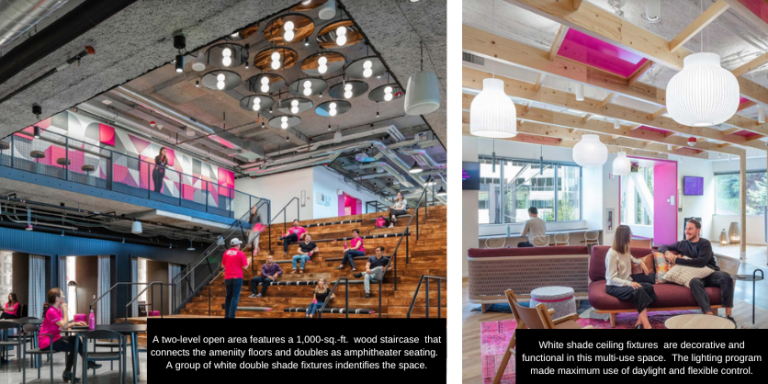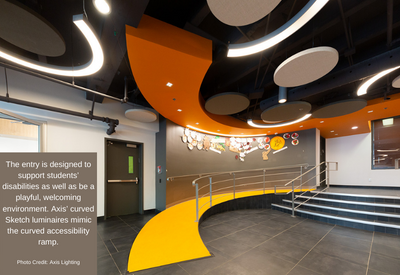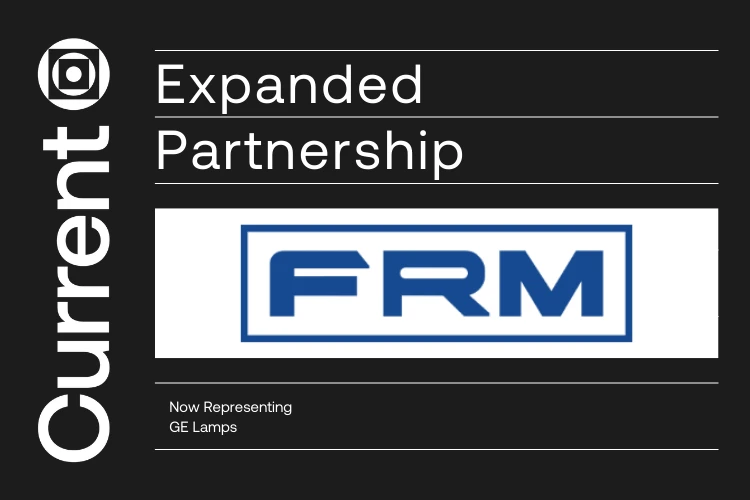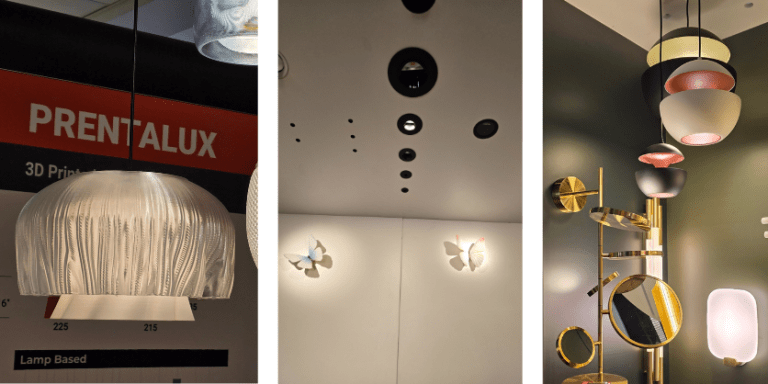Artificial Sky Lights the Way for Dementia-Friendly Environments in Memory Care and Assisted Living Facilities
October 16, 2023
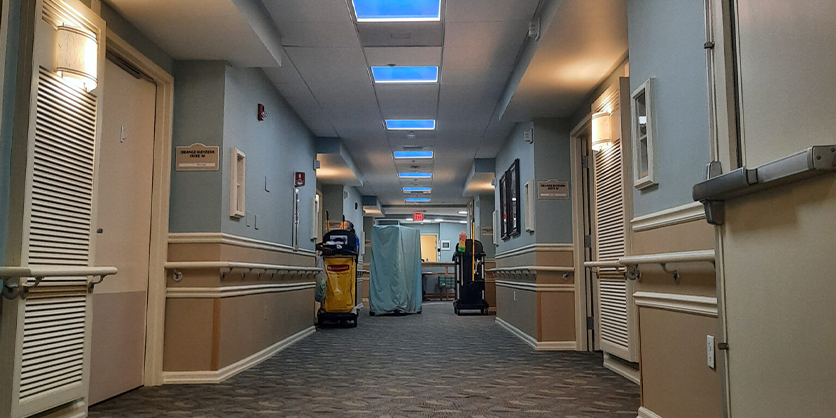
Mark Jenzen
Artificial Sky, a service-disabled veteran-owned small business (SDVOSB) manufactures the world’s most advanced interior daylighting systems in healthcare, especially for memory care and assisted living facilities. Artificial Sky interior daylighting systems mimic a complete 24-hour day/night cycle and are better known as Human-centric lighting systems to architects, designers and facility planners.
The newest Artificial Sky model available, Artificial Skylight, comes in 6 sizes and has 8 programmable scenes including sunrise, noon, sunset, reading, refresh, casual, moonlight and dawn.
The new artificial skylights also have a human centric lighting function that allows up to 15 autonomous modes ranging from 1800K to over 10,000K that will automatically change throughout the course of a day. Not only do artificial skylights create an infinite blue sky by recreating a true atmospheric effect called Rayleigh scattering in each skylight, but artificial skylights also project sunlight onto the adjacent wall at a 30-degree angle to help increase serotonin levels in the human body.
When creating a dementia friendly environment, the proper memory care lighting can have an incredibly positive effect on residents’ quality of life in assisted living and memory care facilities. Studies have shown that both artificial and natural light, can have an impact on emotional and psychological well-being not only for residents, but caregivers as well.
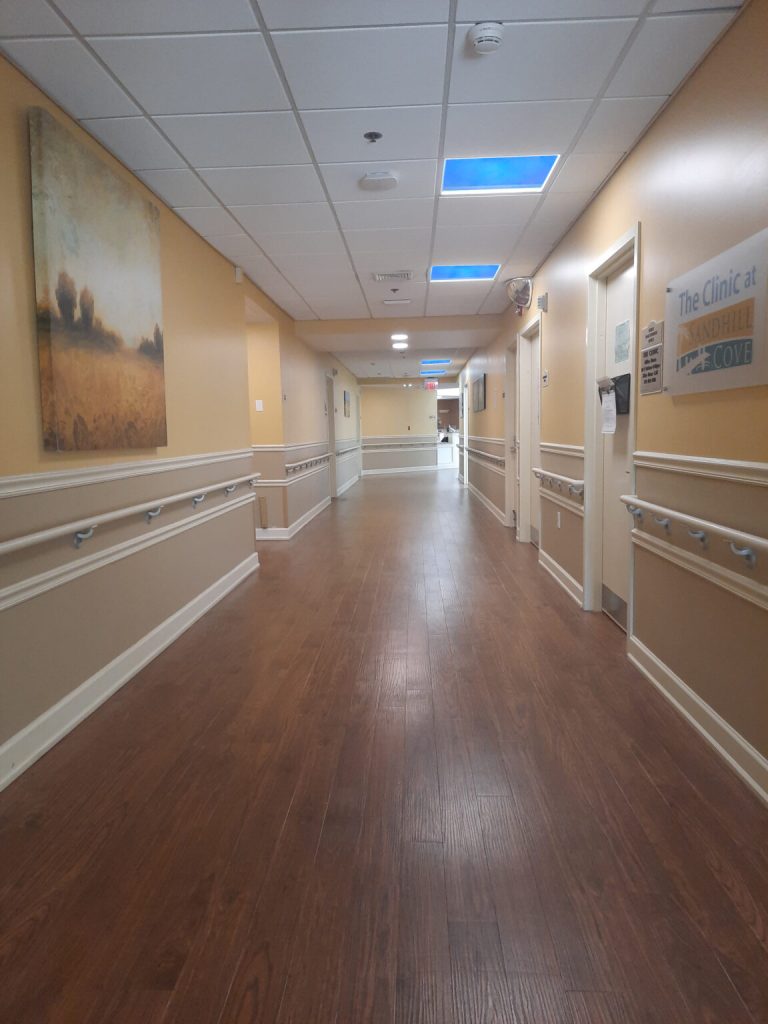

WHAT IS THE BEST LIGHTING FOR DEMENTIA PATIENTS?
Human-centric lighting (HCL) in memory care refers to the application of lighting design principles that take into consideration the specific needs and well-being of individuals with cognitive impairments, particularly those in memory care facilities such as dementia or Alzheimer’s care units. HCL aims to create lighting environments that promote the overall health, safety, and comfort of residents while also supporting their daily routines and sleep patterns.
WHAT ARE SOME KEY ASPECTS OF HUMAN-CENTRIC LIGHTING IN MEMORY CARE AND ASSISTED LIVING FACILITIES?
- Circadian Rhythm Regulation: HCL systems are designed to mimic the natural progression of daylight throughout the day, which helps regulate the circadian rhythms of residents. This can improve sleep patterns, mood, and overall well-being.
- Dynamic Lighting: HCL systems often incorporate dynamic lighting that can adjust in color temperature and intensity throughout the day. In the morning, cool and bright light can promote wakefulness, while warm and dim light in the evening can signal the body to prepare for sleep.
- Personalization: Lighting systems can be personalized to each resident’s needs and preferences. For example, residents may have control over the lighting in their own rooms, allowing them to adjust it according to their comfort.
- Visual Comfort: For individuals with dementia or Alzheimer’s, glare and harsh lighting can be disorienting and uncomfortable. HCL systems incorporate glare-reducing fixtures and diffused lighting to create a more comfortable visual environment.
- Wayfinding and Safety: Proper lighting design can aid in wayfinding, helping residents navigate their surroundings more easily and reducing the risk of falls or accidents. Lighting can also be used to highlight important areas such as exits and communal spaces.
- Biophilic Design: Integrating biophilic design principles, such as incorporating natural elements like plants and daylight simulation, can have a calming and positive effect on residents with cognitive impairments.
- Technology Integration: HCL systems often incorporate smart technology and sensors to automatically adjust lighting based on factors like time of day, occupancy, and resident preferences. This reduces the burden on staff and ensures that lighting conditions are optimized for residents at all times.
- Staff Training: Caregivers and staff members in memory care facilities should be trained in understanding the importance of HCL and how to use and adjust lighting systems to meet the unique needs of residents.
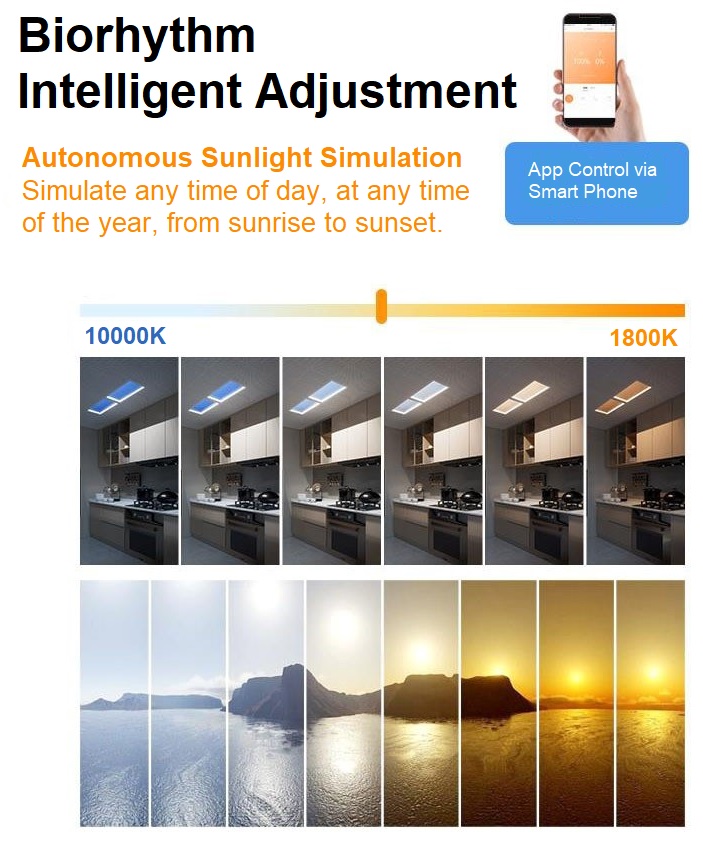
Overall, human-centric lighting in memory care is an evolving field that recognizes the significant impact lighting can have on the quality of life and well-being of individuals with cognitive impairments. Implementing Artificial Skylights and these principles can create more supportive and comfortable environments for residents while also assisting staff in providing better care.
For more specifications and ordering info please visit www.artificialsky.com
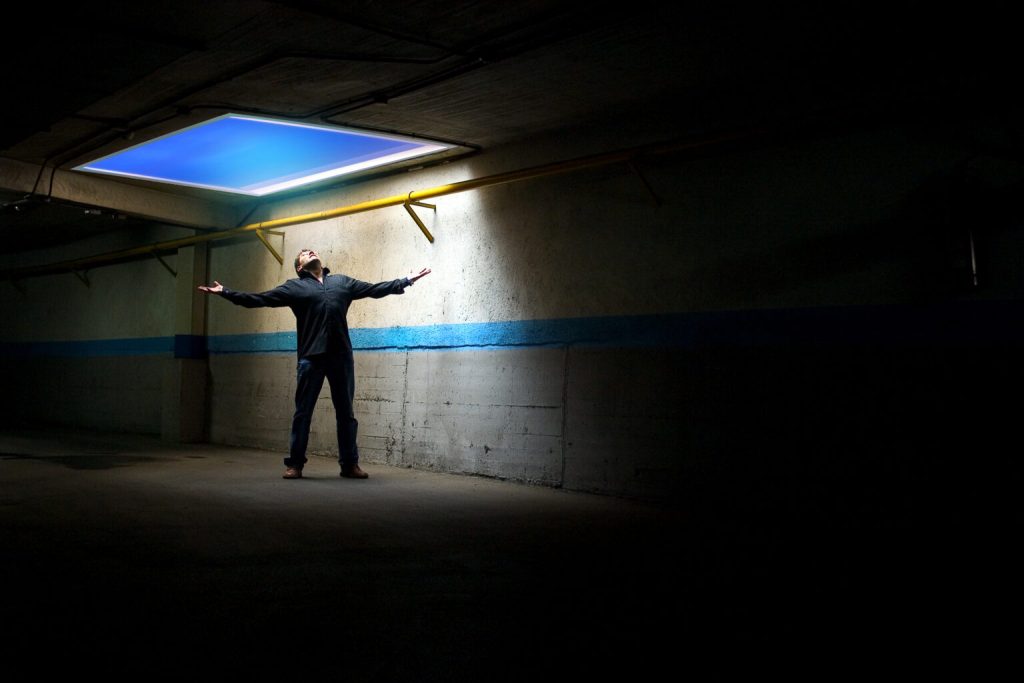
More information available here


